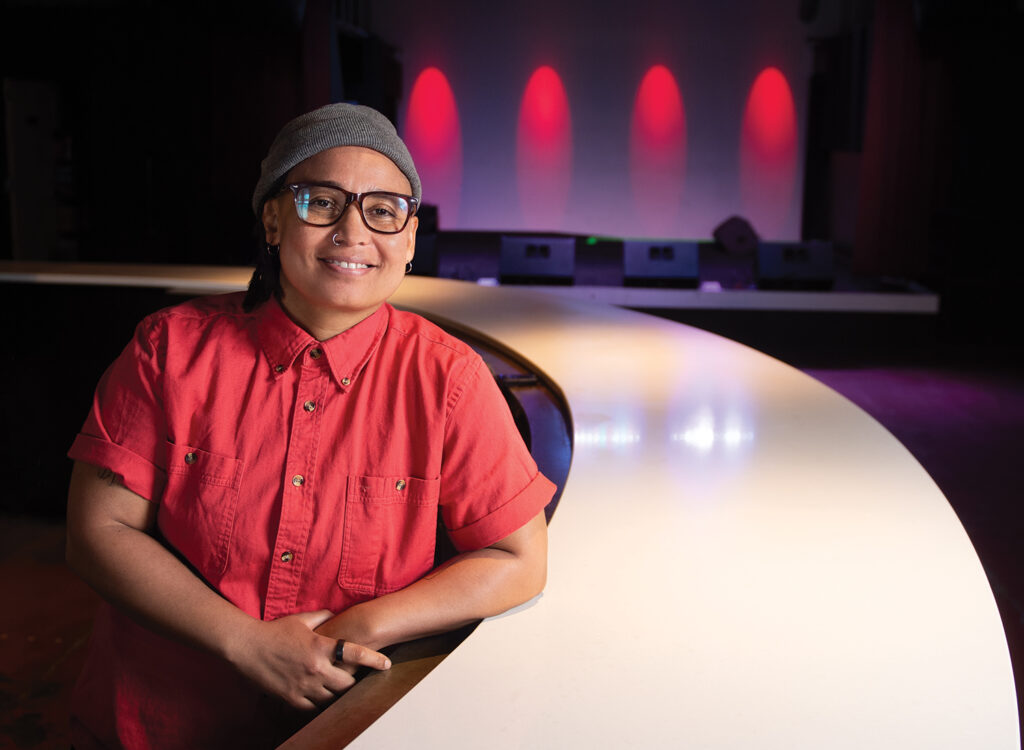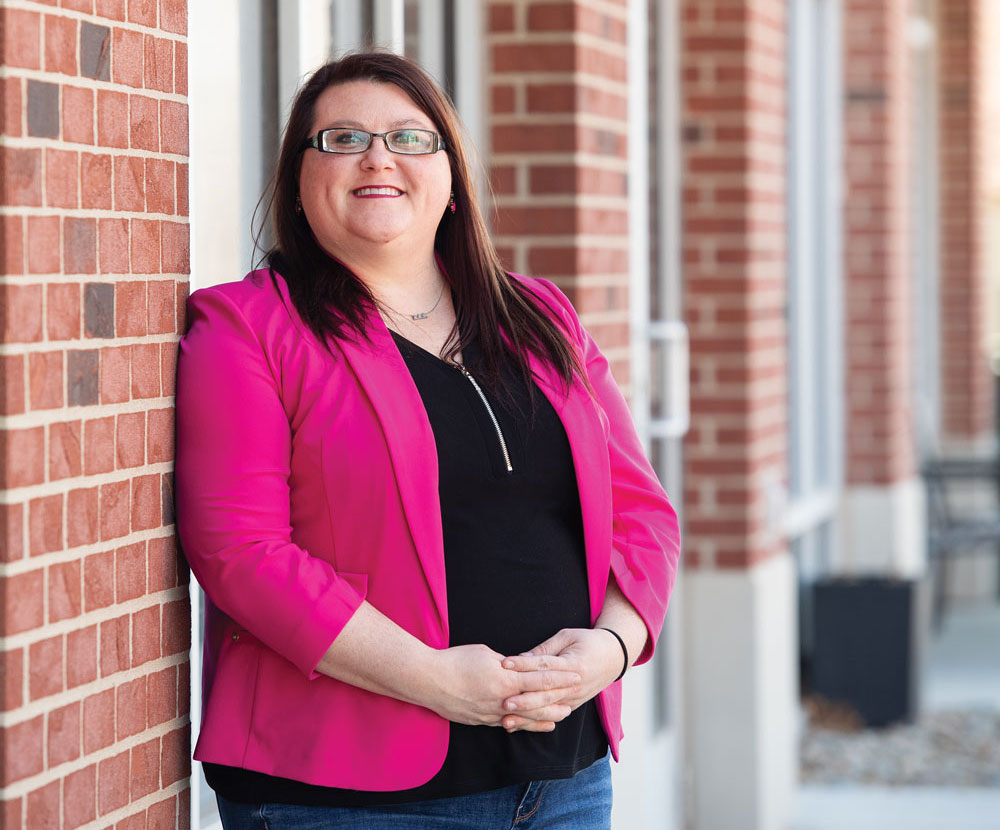A Closer Look: Kurt Sinnett

KATE HAYDEN Aug 10, 2021 | 6:36 pm
4 min read time
951 wordsA Closer Look, Business Record Insider, Innovation and EntrepreneurshipWith two decades of experience in the health care systems industry, Kurt Sinnett is leading a new initiative at ViClarity to bring the company’s governance, risk and compliance software over to health systems clients.
Before joining ViClarity, Sinnett was vice president of client relations at the health care analytics platform Sg2, and held a variety of leadership positions with the biopharmaceutical company Merck. It wasn’t until he experienced living through the 2020 COVID-19 pandemic that he witnessed the greatest shift in health care systems in his career, he said.
“Virtual and telehealth were items that were kind of front burner for most organizations, but [with] COVID-19, you needed to do it instantly,” Sinnett said.
What is your background prior to joining ViClarity?
I’ve been in health care for 28 years now, and I have had a really broad experience base, from working directly with doctors to working with health systems, to working with the state Medicaid and the federal government. I’ve had a broad exposure to health care.
ViClarity is based in Ireland and was acquired by AMC about a year and a half ago. They’ve worked in the financial services-credit unions space, and now we’re expanding into health care. My job is to get us rolling into the health care space.
I spent 20 years in the pharmaceutical industry, working with doctors and large hospital systems. I’ve spent some time with Medicaid and Medicare at the federal level, and working across health care to create access to medications and provide resources for mostly chronic care patients. I spent six years with a health care analytics and intelligence firm that is based in Chicago and had clients in 19 states, and those clients range from simple hospitals to the largest health system in the United States.
I also had academic medical systems, children’s hospitals, orthopedic specialty hospitals. So all of that exposure really did create an environment — as we’re bringing this ViClarity software to the U.S. — to have an understanding of what really is most important to the hospitals and to the administrators that lead those hospitals. That’s what we’re doing with our resources at ViClarity: selling governance, risk/compliance vendor management of all sorts of different software packages that help automate very labor-intensive systems.
How have you witnessed health care operations shift over time?
If you think about what’s happened in the last year and a half — it’s not as though health care moved forward 10 years and expedited issues. Yes, that happened, but it also took an abrupt right-hand corner. Virtual and telehealth were items that were kind of front burner for most organizations, but [with] COVID-19, you needed to do it instantly.
I had a client in my previous position that actually converted all 360 of their providers to be virtual providers in the span of 48 hours. All the doctors had to be certified, they had to be tested and trained, and they did this in two days. They went from zero virtual visits to 8,000 virtual visits in one week — otherwise they would be out of business. They were going to be closed.
This was really a major, major change. That’s the most dramatic shift in my lifetime in health care — it made people think differently.
How do you strategize in health care services after such a shift like that?
We went from standard business in health care of seeing patients — people going into the hospital, having procedures done, and people in their primary care clinics being seen by their doctors for less acute situations — to today. There’s been a major shift in the site of care.
I can see my primary care doctor for my headache or my earache virtually. That’s a lasting change as well, the site of care and virtual options.
What’s the best piece of advice or feedback you’ve received in your career?
The first thing is to prepare and deliver every single day. … A second thing is to keep your eyes open to not only your industry, but the things that are impacting business in general. COVID-19 is a great example of that. You think about how health care has changed, but so has the restaurant business — instead of dining in, now you have carry-out in places that have never, ever had carry-out before. You think about social activities — you couldn’t go to a movie, so people use Netflix. Business has been altered substantially. Keep your eyes open and pay attention to what’s going on with the trends that exist in the business world.
What goals do you have for this role in the next year?
We are developing a couple of channels for hospitals and health care systems, as well as the long-term care arena. Those two channels are going to help automate systems and processes today that are very labor-intensive, that require a lot of input points and manpower to do the work.
It’s one thing to have a process in a hospital, but it’s another thing when you have 20, 30 or 50 hospitals that are all part of an organization. We’re able to help the single hospital, but we’re also able to help the big, multi-facility organization with automation.
What have you been reading, watching or listening to recently?
There’s a lot of innovation right now, and that innovation is unique to every single business. I really do like to keep up with the trends. … Those are the kinds of books that I read, the podcasts that I listen to, the conversations I have with friends. I don’t really get pigeonholed into a single source; I don’t have a specific news feed that I live off of.









